Paper products have hit a turning point. After years of stubbornly flat or declining value, toilet tissue, facial tissue and kitchen towels have added an extra £32.7m to their sales. That was largely driven by rising prices, rather than rising volumes.
It’s a turnaround for a category once so beleaguered by bargain-hunting in the form of switching to the discounters, own label gains or online bulk buying that price hikes seemed unthinkable. Despite valiant attempts from the likes of Andrex to push more premium wares, consumers generally stuck to the cheapest option available.
Data Box
Top 20 Paper Products
So is the premium message finally getting through? Or is it simply a case of inflation finally hitting paper products?
Inflation has certainly played a part. “Cost inflation continues to be a challenge for manufacturers due to the cost of raw materials following the Brexit vote,” says Nielsen senior analyst Matt Carpenter.
There’s also the matter of retailer pricing strategies. In the pursuit of everyday low pricing, supermarkets are cutting back on promotional activity across paper. “Sainsbury’s are no longer promoting toilet tissue on the gondola end, while Tesco and Asda are pursuing volume-led strategies with the growth of larger pack sizes,” says Carpenter.
Yet there is evidence of brands contributing to price rises, too. This is especially true in the case of toilet paper, which saw the biggest rise in value - £17.4m or 1.7% - on volumes down 0.1%.
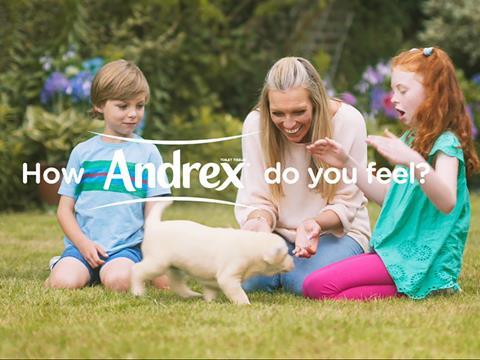
Leading brand Andrex has been busy targeting higher spenders with its ‘Supreme Clean’ premise, promoting the use of its premium tissues and washlets. Last year, the strategy showed little sign of paying off amid another value decline. This year’s 0.3% decrease in value is hardly anything to write home about, but the average 1.1% price rise is the important figure here. Brand owner Kimberly-Clark says this was bolstered by an additional one million households switching to premium paper in 2018.
Andrex isn’t the only one pushing the premium message. Cushelle added a whopping £14.7m to its value - that’s a rise of 24.1% - mostly thanks to the success of its new premium product Cushelle Quilted (see Top Launch). Gaining its first listing in December 2017, Quilted had taken £14.1m by September this year, according to Nielsen, and lifted Cushelle’s share of the category to 7.8%, up from 6.4%.
It’s proof that people want a “luxurious, quality feel to their choice of toilet paper”, according to brand owner Essity. “Cushelle Quilted has been one of the big success stories of 2018 and that’s particularly pleasing for us given the current challenges facing the toilet paper market,” says Gareth Lucy, Essity’s UK & Ireland communications manager.
“We believe the success of Cushelle Quilted comes down to three essential factors: quality, value, and the strength of the brand.” As such, Essity believes “driving premium mix” is “extremely important” to the category.
But, as Lucy suggests, there remain plenty of challenges in the toilet tissue market. A point that is proven by Cushelle’s sister brand Velvet, which suffered a £30.1m hammer blow to sales as it lost distribution.
Many brands are therefore backing up their premium efforts with solid investment in marketing. Essity’s Lucy says Cushelle’s success was partly down to “impactful and consistent TV advertising support”.
“Brands are backing up their premium efforts with solid investment in marketing”
Kimberly-Clark also says Andrex’s premium lines have been supported “with media investment including wide-scale TV advertising throughout 2018”.
Kitchen towel brand Ora is taking a similar tack. In a market that saw a 2.4% rise in value on volumes down 0.9%, Ora was one of the few brands to see rises in volume and value, of 18.3% and 11.5% respectively.
“That can be attributed to our investment in marketing over the last 12 months,” says Oday Abbosh, CEO of Ora brand owner Better All Round. “We’ve worked with our retail partners to deliver campaigns that have driven sales, loyalty and greater brand awareness.”
Facial tissue brand Kleenex - up £5.8m or 5.5% - has also been active on the marketing front with its ‘Made for Living’ TV and radio campaign in time for back to school season.
Still, one market that has been resistant to all this positive news is nappies. The 4.9% decline in value on volumes down 5.5% is partly indicative of the rise of the discounters’ nappy ranges, not included in this data. Ian Morley, group sales director at Procter & Gamble for northern Europe, says the added factor of a declining birth rate means “the pressure to win on nappies is even more intense than it’s ever been”.
On the positive side, P&G is feeling less pressure than last year. After suffering a gruelling fall in 2017, Pampers’ decline dramatically slowed to £3m this year. Morley says “the introduction and development of nappy pants” has proven a growth area.
“These are simply nappies without the taped sides,” he says. “They’re easier to change and fit better. UK Pampers’ pants business is now growing by 25%.”
So perhaps the turning point for nappies is yet to come.



![XOXO-Product-Shot[ALL FLAVOUR]-Sky-1920x1080](https://dmrqkbkq8el9i.cloudfront.net/Pictures/274x183/4/9/2/355492_xoxoproductshotallflavoursky1920x1080_806584_crop.jpg)



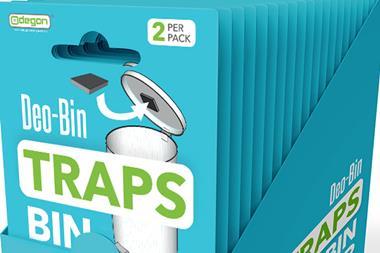


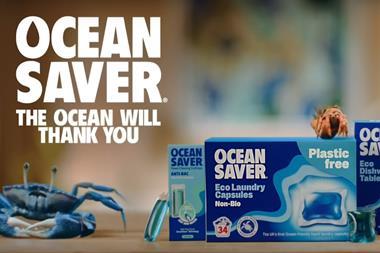
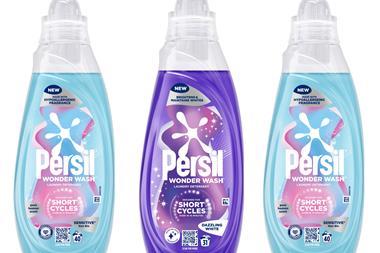
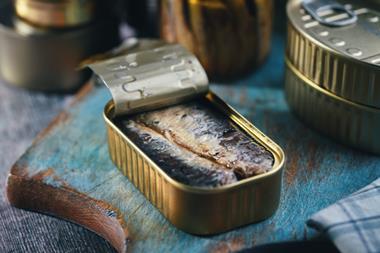






No comments yet